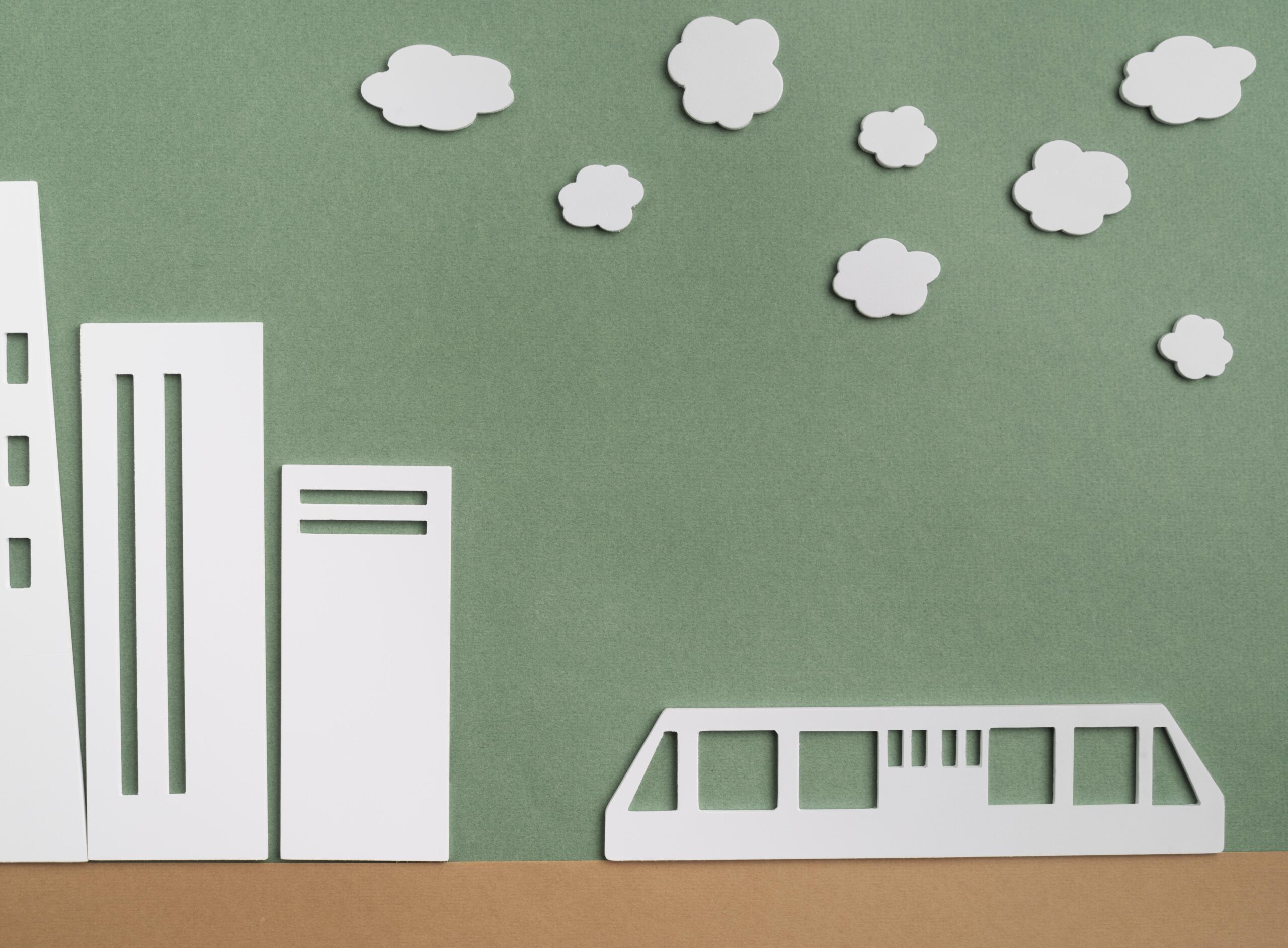Science fiction writers have constantly tried to create visions and prediction of both the immediate and far-off future.
Armed with humble pens and boundless creativity, they have crossed the boundaries of time to describe tomorrow’s landscape. On occasion, their speculations came amazingly close to reality. One notable instance occurred in 1944 when John W. Campbell imagined numerous details of the atomic bomb. He was so convincing that it prompted an investigation by the FBI.
In other occasions the reality surpassed their expectations. Many science fiction stories foresaw immensely powerful computers that would occupy entire buildings. They did not anticipate the miniaturization of processors.
The concept of mobility in the future has been imagined in numerous different ways. One of the most uplifting and optimistic description can be found in the short story “City” by Simak*.
Flying cars powered by cheap atomic energy change the way everyone lives. People don’t need to live in crowded cities anymore and spread all over the countryside, in sparsely populated areas. This has an unintended consequence: every war stops. There are no more cities that can be bombed and even the possibility of war vanishes.
Frequently we read or hear that future cities will be “resilient” and “sustainable” and we hope for more eco-friendliness and equality. However, it is entertaining to use our imagination to foresee a more detailed picture.
I imagine a relaxed, multimodal city, where you can enjoy a conversation while strolling in a green space that has replaced the old parking slots. There will be no need for individual parking near offices, schools, or shops, as shared autonomous vehicles will efficiently handle transportation. As a result, many public and private areas will become available for innovative urban planning. These reclaimed spaces can be repurposed for recreational activities or other creative uses.
Science fiction stories can inspire us to ponder the implications of emerging technologies and prompt us to examine the moral dilemmas that may arise on the horizon.
In the tale “City”* we discover that the governments had previously tried to instill fear and drive people away from urban centers, only to find that it was the allure of affordable and convenient transportation that ultimately succeeded. Will we offer the right incentives to foster a positive transformation of our cities?
The future will undoubtedly bring many creative solutions and will surprise us in many ways. Alongside these innovations, we will encounter challenges and grapple with the social implications of the choices we make. While imagining the future is complex, it is imperative that we gather as much information as possible. This proactive approach will help us avoid missing out on opportunities and minimize the unexpected consequences of the changing pattern of mobility.
The primary objective of the SINFONICA Project is to collect and process information, transforming raw data into meaningful insights. SINFONICA will collect wishes and concerns of European citizens, linked to the emerging modes of transportation, assess and organize them. This effort will contribute to the development of a extensive repository of knowledge organized in the form of knowledge maps.
The valuable information collected will be accessible to governmental bodies and other stakeholders to help with decisions that will shape our future. This will be a crucial building block in the establishment of a framework that guides the transformation in the direction we desire, rather than merely undergoing it passively.
SINFONICA will pay special attention to the needs of vulnerable users and under-researched groups.
An inclusive approach is essential not only for vulnerable individuals but also for everyone else because often their needs are not significantly different from those of others; they are simply more intense and specific. Improvements made for them benefit everyone.
Furthermore, SINFONICA will provide practical guidelines and long-term recommendations to ensure that Connected and Automated Mobility (CCAM) solutions align with social inclusion criteria.
* Clifford D. Simak, City, Isaac Asimov Presents The Great SF Stories 6
Keywords: future, vision, mobility, innovation, knowledge, stakeholders, CCAM.
Author: Francesca Merlo (Politecnico di Torino).
Picture from Freepik


